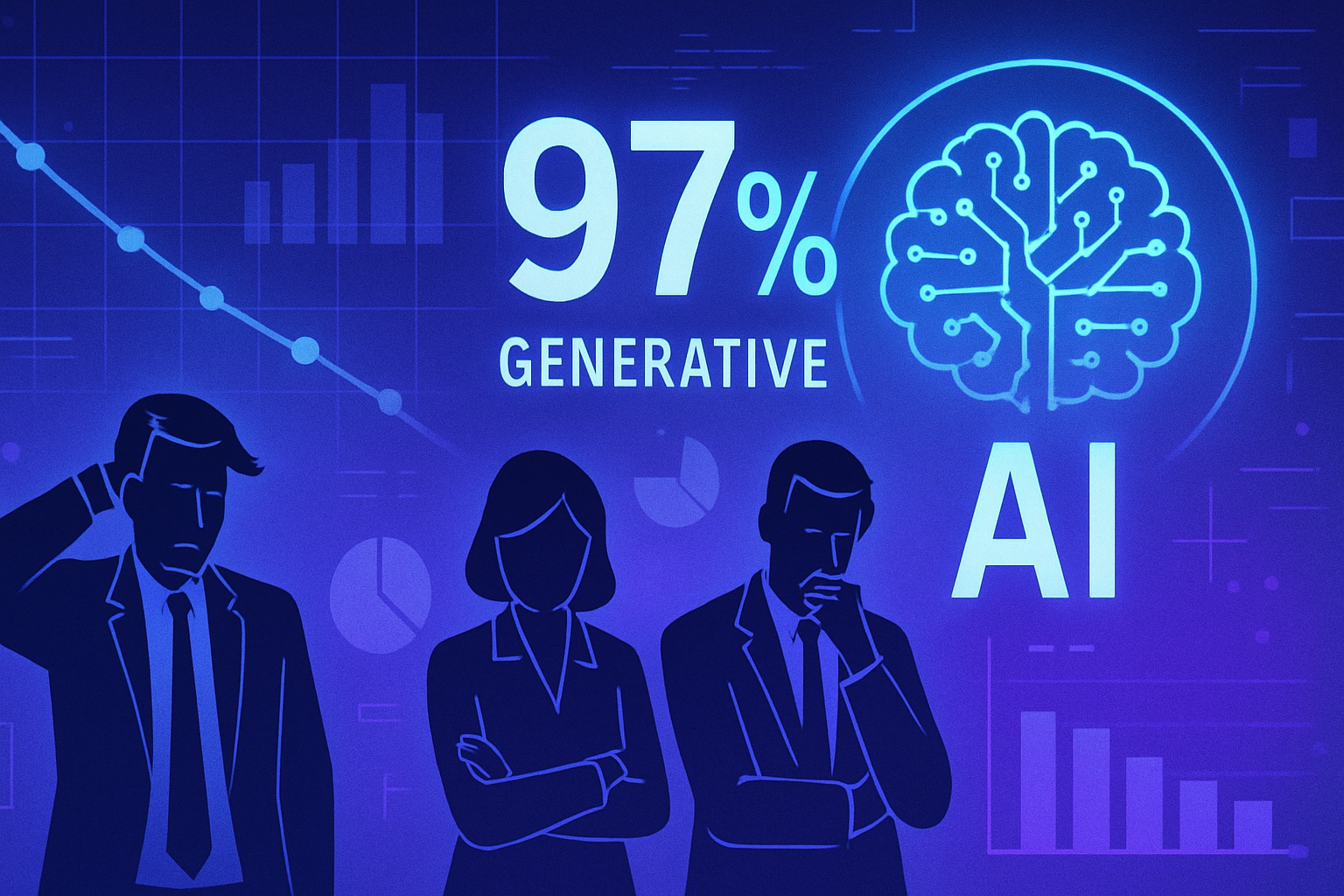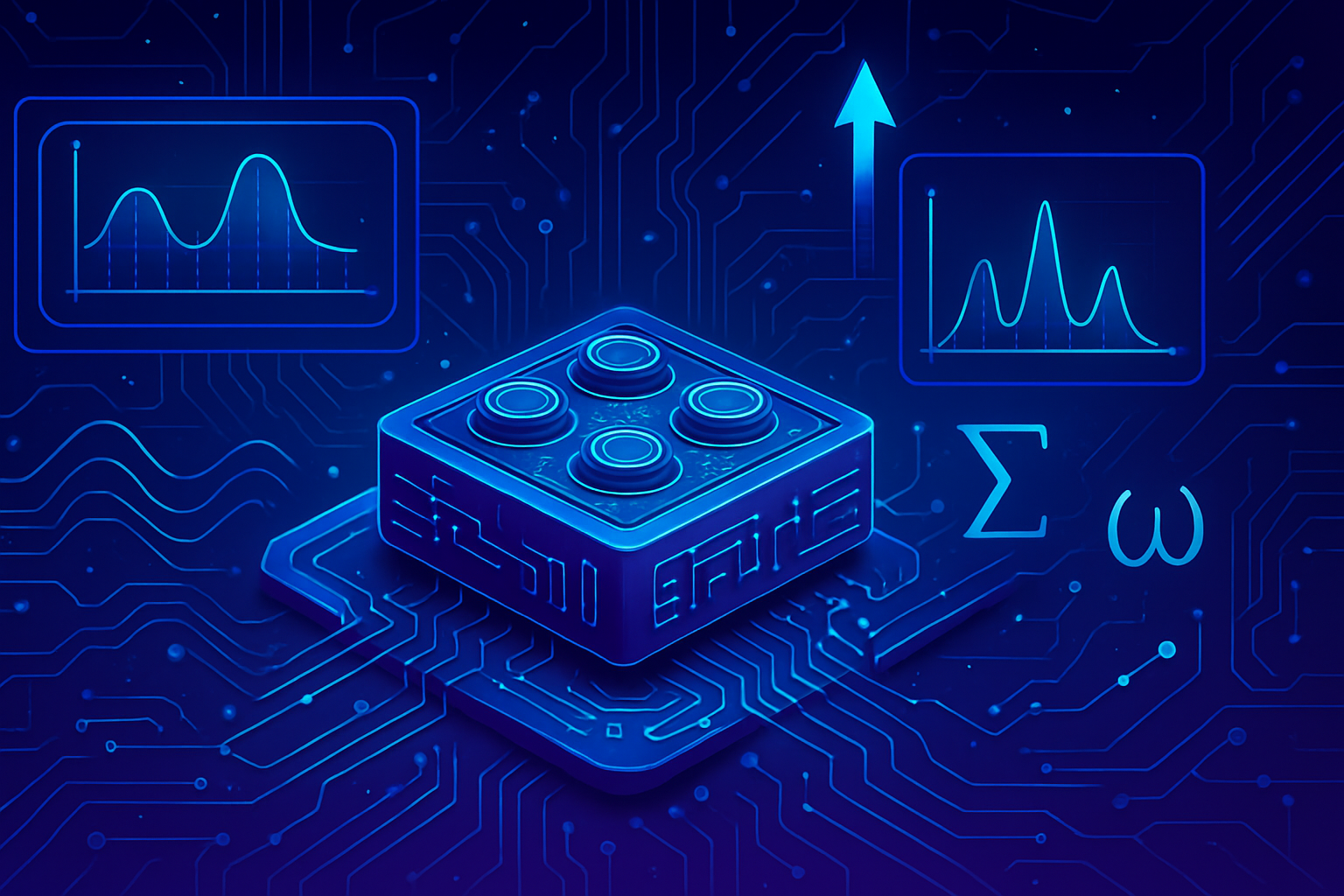The materials revolution is taking shape on the horizon thanks to the innovation of generative AI models. Materials with rare quantum properties are taking form, promising to drive unprecedented technological advancements. The scholarship of researchers, combined with the capabilities of algorithms, transforms the field of materials science. A new tool, SCIGEN, facilitates this emergence by integrating precise design rules. Each generated structure has the potential to catalyze breakthroughs in quantum computing and define the energy future. AI models are now surpassing simple simulations, offering a true platform for material innovation.
New method for integrating geometric constraints
Researchers at the Massachusetts Institute of Technology (MIT) have developed a new tool called SCIGEN, designed to improve the generation of quantum materials using generative artificial intelligence models. This tool allows widely used diffusion models to adhere to specific design rules. Thus, it becomes possible to create materials with particular geometric structures, likely leading to revolutionary quantum properties.
Limitations of traditional models
Despite advancements made by companies like Google and Microsoft in generating materials, many traditional models struggle with materials exhibiting exotic quantum properties such as superconductivity. Classic generative models often create an abundance of structures without guaranteeing their relevance to materials science.
Optimizing material search
Scientists highlight the current dilemma: millions of potential materials have been generated without leading to significant discoveries. According to Mingda Li from MIT, pursuing quality through a limited number of materials could lead to major breakthroughs. Five leading materials are better than ten million versions optimized for stability.
Generation of materials with particular properties
The MIT team applied SCIGEN to generate materials based on advanced geometric structures such as Kagome lattices, made of overlapping triangles. The results have proven promising: materials created this way can mimic the behavior of rare elements, offering considerable technical potential.
Impact on industrial research
This new tool could transform research by providing engineers with suitable candidates to explore materials with quantum properties. The realization of two yet unknown compounds, TiPdBi and TiPbSb, would validate the effectiveness of AI models. Experiments have shown an astonishing fit between the predictive properties of the models and the actual properties of the materials.
Quantum materials shortage
Despite considerable efforts, no quantum liquid material has been confirmed to date. Researchers believe SCIGEN can accelerate this quest. Research around topological superconducting materials and quantum liquids proves complex, often hindered by specific constraints related to geometric structures.
Future perspectives and inter-institutional collaboration
This research project is not limited to academic benefits; it has received support from organizations such as the Department of Energy and the National Science Foundation. Interaction with other institutions amplifies the potential to accelerate discoveries in various fields such as electronic, magnetic, and optical technologies.
SCIGEN could thus encourage a broad range of properties to emerge, facilitating the identification of new materials that meet specific criteria in contemporary scientific research. The researchers’ vision remains to generate a multitude of promising materials, allowing for considerable advancements.
Information about material generations through AI models is now not only a technological curiosity, but also represents a major issue for the future of scientific and industrial applications. The potential impact of these discoveries could transform the global technological landscape.
To delve deeper into these topics, you can consult articles on synthetic neurons, computational chemistry techniques, or on explainable AI frameworks.
Frequently asked questions
What is the basic principle of the new SCIGEN tool?
SCIGEN allows directing generative AI models towards the creation of materials with specific geometric structures that promote the emergence of unique quantum properties.
How does SCIGEN improve the generation of new materials?
By integrating geometric structure constraints, SCIGEN guides AI models to produce suitable materials rather than simply generating a large number of potential materials.
What quantum properties can be explored thanks to these new materials?
The new materials could have exotic quantum properties, such as room-temperature superconductivity and unique magnetic states, thus opening avenues for quantum computing and other technologically advanced applications.
What types of materials has SCIGEN successfully synthesized?
So far, SCIGEN has enabled the synthesis of new materials such as TiPdBi and TiPbSb, which exhibit exotic magnetic characteristics.
What is the importance of geometric structures in the search for quantum materials?
Geometric structures like Kagome lattices and Archimedean lattices are crucial as they increase the likelihood of obtaining desirable quantum properties.
How can AI models contribute to accelerating material discoveries?
These models can quickly generate millions of material candidates and, with tools like SCIGEN, filter generations to retain only promising materials that conform to research specifications.
What role does collaboration between different research institutions play in the use of SCIGEN?
Collaboration allows for the combination of different levels of expertise and scientific equipment, thereby facilitating experimental validation of AI-generated materials and accelerating discoveries.
Why is it important to continue experimentation despite using AI models?
Experiments are essential to confirm model predictions and to explore the real properties of materials, thus ensuring they can be used in practical applications.






